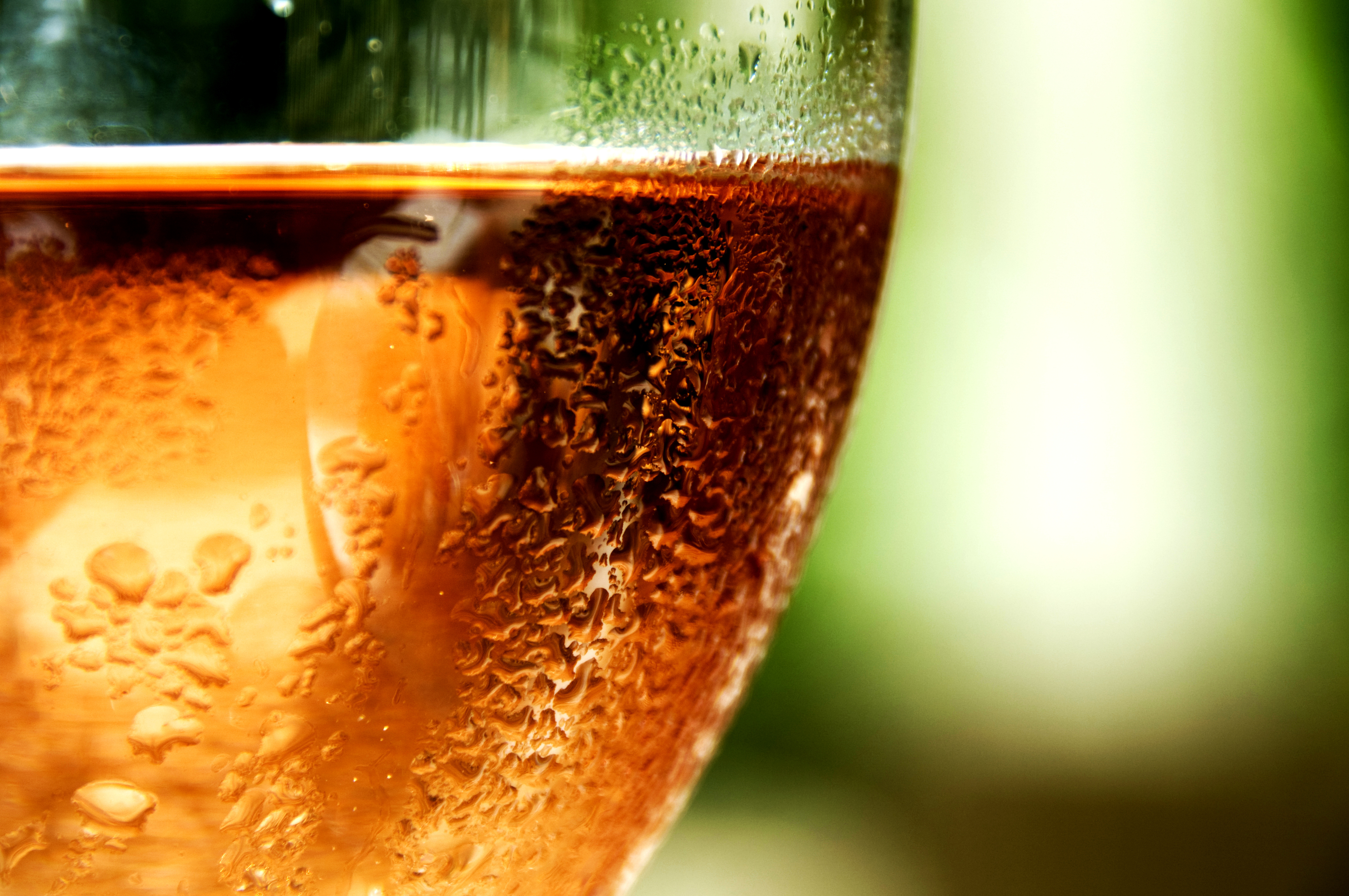Here are 10 fun facts about Rosé for National Rosé Day! National Rosé day is the 2nd Saturday of June each year.
- Rosé wine predates red and white wine, first documented around roughly 7000 BC.
- Skin contact from red grape skins are what impart the color to the wine. The longer it sits, the more color is extracted.
- The color of the wine is not indicative of what it tastes like. There are some pale salmon colored Rosés that can be fuller flavored and some that are deeper pink to pale red that can be clean and minerally driven.
- Rosés can be made from dry to sweet.
- Generally speaking, and in most cases, Rosé is not a mix of red and white grapes, Champagne being the one region on the planet where mixing of red and white is allowed, and the main exception to the rule.
- During the middle ages, Bordeaux was said to produce a violet colored Rosé that was eventually called Claret, from the latin ‘claritas’ – meaning clarity. The use of ‘Claret’ in relation to Bordeaux wines, especially in Britain, dates back to this Bordelaise violet Rosé.
- Rosés are NOT for ageing, they are best consumed fresh to about 2 years from release.
- Rosés are an important part of a summer cocktail program. There are great sangria recipes based on Rosé, as well as nuevo cocktails that use Rosé as the base liquor.
- Rosé is one of the most versatile food wines due to the lighter flavor profile, higher acidity, and minerally driven backbone.
- Rosé is generally less expensive than other wines due to the lower production costs and lack of necessary ageing that other wine styles require.
So, richer history, fresher flavors, more food friendly, and less expensive? No wonder they say “Rosé All Day!”

